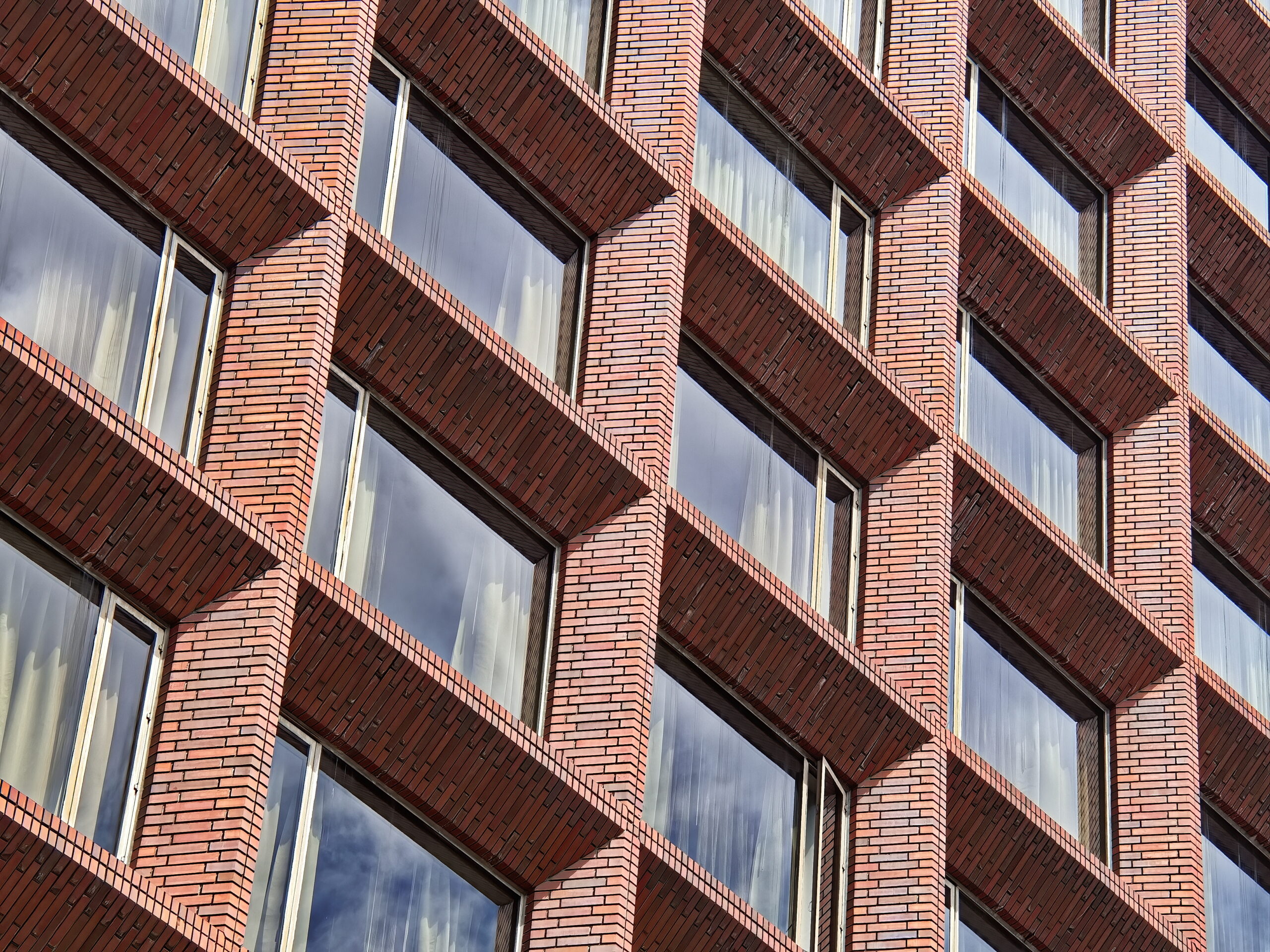Oxide of Chromium Green Refractory Uses Discussed.
Are you aware that about 80% of the world’s chromium production is used for producing refractories? Chromium oxide green, scientifically called Cr2O3, stands out for its unique features. These qualities render it crucial in high-temperature applications. It increases strength and resistance to oxidation in various production processes.
This write-up will explore the broad applications of chromium oxide green in refractories. We will highlight its importance in modern industry. Let’s discover why this adaptable compound is so vital.
Overview of Green Chromium Oxide
Chromium oxide green is a vibrant green compound well-known for its multi-use potential and strength. It is crucial in the sector of refractories because of its distinct features. This compound doesn’t just boosting the look of manufactured goods, but also provides significant functional benefits for demanding tasks.
In the sector of refractories, chromium oxide green has a key function. It enhances the high-temperature resistance and longevity of products in challenging settings. This applies to uses in steel production and glass manufacturing. As sectors evolve, the material’s significance grows, offering solutions for thermal challenges where reliability is critical.
Chromium oxide green is more than just a color additive; it’s a critical element for high-performance industrial applications. Its flexibility and resilience render it a crucial element in the manufacture of high-performance refractories.
Understanding Chromium Oxide and its Structure
Green chromium oxide, scientifically called Cr2O3, is a compound formed from chromium element and oxygen atoms. Its structure of chromium oxide displays distinct properties that boost its role across various sectors. This material’s makeup is strong and stable, offering endurance in demanding settings.
The thermal endurance of chromium oxide are exceptional in uses demanding substances that withstand high temperatures. It demonstrates a strong power to withstand heat stress. This renders it ideal for smelting and various production methods where thermal energy is important.
Grasping the complexities of chromium oxide composition helps industries leverage its inherent benefits. Its resilience under stress enhances overall efficiency. This establishes chromium oxide as a top choice among refractory materials.
Significance of Chromium Trioxide in Refractories
Chromium trioxide is key for the performance of refractories thanks to its special qualities. It enhances the reliability and strength of these compounds in challenging settings. This insight is key for recognizing its position alongside green chromium oxide in a range of uses.
Function of Chromium Trioxide in Boosting Stability
Refractory materials are required to endure extreme heat without breaking down. Chromium trioxide improves their heat tolerance and structural integrity. This causes less damage, turning it into vital for industries demanding reliable substances.
Comparison of Chromium Oxide and Trioxide of Chromium
Green chromium oxide and chromium trioxide have distinct roles in refractory compounds. Both are important, but vary in their properties:
| Characteristic | Chromium Oxide | Chromium Trioxide |
|---|---|---|
| Steadiness | Reliable heat resistance | Superior heat tolerance |
| Application | Frequently applied in refractories | Optimal for intense thermal scenarios |
| Durability | Average strength | Notably enhances strength |
This analysis shows the distinct roles of chromium oxide and trioxide of chromium to refractory materials. Their distinct properties enhance effectiveness and longevity in different industries.
Thermal Endurance Features of Green Chromium Oxide
Green chromium oxide exhibits noteworthy characteristics, making it suitable for intense heat environments. Its fusion temperature goes up to very high heat levels, ensuring unsurpassed structural integrity in harsh environments. This is crucial for sectors needing durability, particularly in metalworking industries.
Heat Tolerance and Strength
Chromium oxide green is famous for its high-temperature fusion point, vital for maintaining the strength of refractory materials. This thermal endurance enables it to withstand intense temperatures without losing shape. Its ability to resist melting makes it essential in environments requiring reliability.
Role in Iron and Steel Production
In iron and steel production, green chromium oxide’s high-temperature resistance is crucial. It’s often utilized in heat-resistant bricks for smelting ovens and heat chambers. These bricks are subjected to harsh heat and need to maintain integrity. Chromium oxide green’s high melting point makes them effective, boosting efficiency in iron manufacturing.
Benefits of Chromium Oxide Green in Refractory Materials
Chromium oxide green notably improves heat-resistant products, crucial for a range of industries. It improves structural features and resistance to oxidation. These upgrades increase the longevity and functionality of refractories.
Enhancing Structural Traits
Incorporating chromium oxide into refractory materials significantly improves their mechanical properties. Important gains involve:
- Increased hardness: Chromium oxide green’s durability makes materials more resilient against abrasion.
- Enhanced wear resistance: Its makeup minimizes degradation from constant wear, lengthening the lifespan of materials.
- Increased bending resistance: This trait allows heat-resistant materials to endure mechanical stresses, fitting exacting uses.
Oxidation Resistance in High-Temperature Applications
Chromium oxide green’s oxidation resistance is essential in heat-intensive applications. The benefits are:
- Prolonged lifespan: Heat-resistant materials resist degradation, surviving harsh environments.
- Improved functionality: They suffer less damage, maintaining consistent efficiency in applications.
- Lower maintenance costs: Less material change of materials reduces expenses for sectors using refractories.
These green chromium oxide benefits boost refractory performance and promote eco-friendliness. They increase the longevity of materials and lessen material waste.
Chromium Oxide Green Refractory Uses Explained
Chromium oxide green has grown essential in many industries because of its distinct properties. It is effective in numerous fields, from metal manufacturing to glassmaking. Its function as a vital element in heat-resistant compounds highlights its importance.
Sectors Utilizing Chromium Oxide Green
Chromium oxide green is crucial in various fields for enhanced functionality. Here are the main industries and their specific uses:
- Steel Industry: It’s used in making refractory bricks and thermal-resistant castables, ensuring heat resistance and abrasion resistance.
- Glass Manufacturing: In thermal-resistant linings, it helps maintain high temperatures and delivers chemical integrity.
- Ceramics: As a pigment in glazes, it provides coloration, durability, and material strength.
- Cement Production: It improves the properties of heat-resistant compounds for high-temperature environments.
Diverse Uses of Refractories
Chromium oxide green’s flexibility goes beyond individual sectors. Its uses cover a vast array, such as:
- Thermal-resistant brick applications
- Moldable refractory materials for harsh environments
- Anti-corrosive refractory coatings
- Special ceramics needing thermal properties
This diverse field of applications proves chromium oxide green’s key role in improving manufacturing processes. Its distinct properties enable companies adapt to current manufacturing needs, ensuring improved output and extended material life.
Key Industrial Uses of Chromium Oxide Green
Green chromium oxide is crucial in multiple sectors, recognized for its versatility and efficiency. It is mainly used in the sector of refractories, enhancing temperature durability and structural integrity. This substance is essential in products developed for harsh environments.
In the manufacture of heat-resistant bricks and inner linings, chromium oxide green stands out. These materials are vital in intense thermal situations like furnaces, furnaces, and thermal destruction systems. Utilizing chromium oxide boosts their performance, promising they maintain integrity and offer dependable use.
- Ceramics Production: Green chromium oxide is vital in clay-based products, enhancing color stability and material strength.
- Metalworking: It is applied in metal refining for equipment and parts needing high thermal resistance.
- Glass Industry: In glassmaking, chromium oxide green ensures the strength of furnace linings.
This compound is vital not just in traditional uses but also in new materials. The drive for sustainable methods is promoting its application in modern refractory materials.
As sectors focus on performance and effectiveness, chromium oxide green continues to be vital. Its wide range of uses emphasizes its value across various sectors. This demonstrates its value in the current heat-resistant material market.
Production Techniques of Chromium Oxide Green
The production of chromium oxide green utilizes several established techniques, each with specific pros and challenges. These methods are crucial for producing refined chromium oxide green, necessary for its varied uses. Processes such as ignition, hydrothermal, and precipitation are key in manufacture and output reliability.
Standard Production Techniques
Many typical production techniques are utilized in green chromium oxide creation. These consist of:
- Burning Technique: This method consists of the ignition of chromium compounds with organic materials. It is productive and has a low environmental impact.
- Hydrothermal Method: This process uses the reaction of chromium-based materials in an liquid phase under intense pressure and temperature. It yields highly crystalline materials.
- Precipitation Method: This technique requires the solid formation of chromium compounds from aqueous solutions. It enables regulation over granule dimensions and shape.
Each technique has specific pros, such as affordability and ability to scale, but also has drawbacks like quality and particle size variations. Selecting the right method greatly affects the output characteristics and its effectiveness for specific applications.
Quality Control in Production
Maintaining standards is crucial in the creation of green chromium oxide. It makes certain the final product adheres to required norms for refinement and regularity. Important factors to monitor are:
- Consistent examination of starting compounds to guarantee good-quality components for manufacturing chromium oxide green.
- Monitoring of production parameters, such as heat and force, during the various manufacturing techniques.
- End-result analysis for makeup and physical properties, guaranteeing adherence with desired specifications.
Reliable monitoring techniques improve the reliability and performance of chromium oxide green for its various industrial applications. This highlights the significance of these creation methods in the overall process.
Sustainable Methods for Producing Chromium Oxide Green
The movement toward green practices is changing the green chromium oxide sector. Sustainability concerns is now a major priority as companies look for ways to cut down on pollutants. By adopting green techniques, they lower harmful output and save natural resources.
Adopting eco-friendly methods into chromium oxide green production aligns with environmental regulations and customer preferences. Manufacturers are now more conscious of their environmental impact. By adopting new technologies, they enjoy benefits such as:
- Employing recycled substances in manufacturing, which reduces reliance on raw materials.
- Enhancing production efficiency in manufacturing.
- Improving waste management to minimize environmental harm.
The eco-friendly application of green chromium oxide is also evident in various sectors. For instance, it plays a key role in exhaust gas treatment systems, minimizing hazardous gases. This proves the importance of environmental responsibility in the field of refractories.
| Technique | Explanation | Eco-Friendly Impact |
|---|---|---|
| Resource Utilization | Employing waste materials in manufacturing | Lowers need for new resources |
| Power Consumption | Processes to optimize energy use | Reduces energy-related emissions |
| Emission Control | Installation of advanced filtration systems | Reduces toxic emissions |
| Waste Minimization | Recycling and repurposing production waste | Minimizes material waste |
As industries emphasize green initiatives, the manufacture of green chromium oxide and use become crucial. They demonstrate how eco-conscious methods and innovation can combine, setting the stage for a more sustainable future.
Advancements in Refractory Uses of Chromium Oxide Green
The landscape of refractory industry is headed toward major changes, particularly with the advancements in green chromium oxide. As companies aim for eco-friendly practices, the ongoing growth of this substance takes on added significance.
New innovations are driving innovation in chromium oxide green’s applications, such as:
- Improved heat resistance for improved durability in harsh environments.
- Innovative blends that increase its role in iron and steel industries and ceramics.
- Next-generation production processes to reduce environmental impact while keeping high standards.
The incorporation of green chromium oxide into new heat-resistant materials ensures strong results for multiple fields. Relentless R&D can utilize this material’s distinct characteristics. This guarantees it stays important in innovative refractory solutions.
By embracing these advancements, industries can enhance the performance and eco-friendliness of their thermal-resistant solutions. This makes the future of green chromium oxide very promising.
Final Thoughts
Green chromium oxide is a key compound that enhances the durability and performance of refractory products across diverse industrial sectors. Its distinct characteristics, such as thermal tolerance and resistance to oxidation, are important for the steel industry and ceramics industries.
The exploration of chromium oxide green’s roles demonstrates its flexibility and value in current industrial needs. Ongoing innovations in production increase its future uses, ensuring it remains crucial for high-performance uses.
As the movement for greener practices expands, chromium oxide green’s role is poised to grow. Its involvement in producing eco-friendly refractories highlights its essential part in the modern refractory industry. This guarantees better functionality and output in a fast-changing industrial field.



